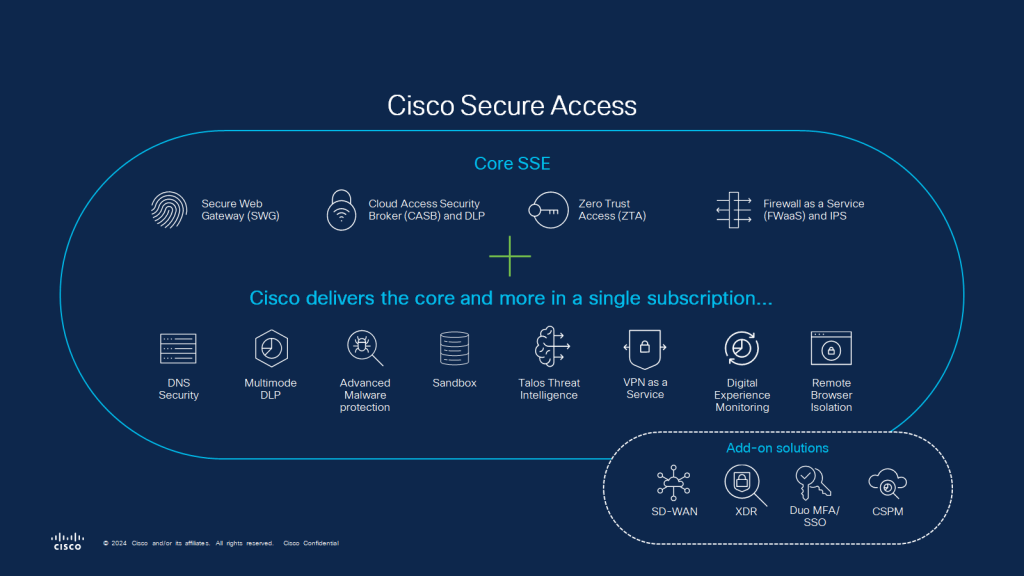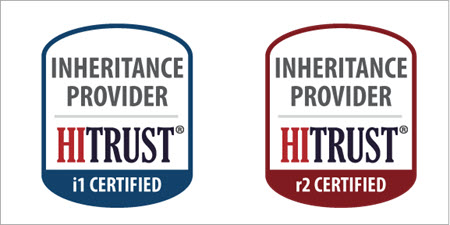When building API-based web applications in the cloud, there are two main types of communication flow in which identity is an integral consideration: <ul> <li><strong>User-to-Service communication</strong>: Authenticate and authorize users to communicate with application services and APIs</li> <li><strong>Service-to-Service communication</strong>: Authenticate and authorize application services to talk to each other</li> </ul> <p>To design an authentication and authorization solution […]
Read more










You must be logged in to post a comment.